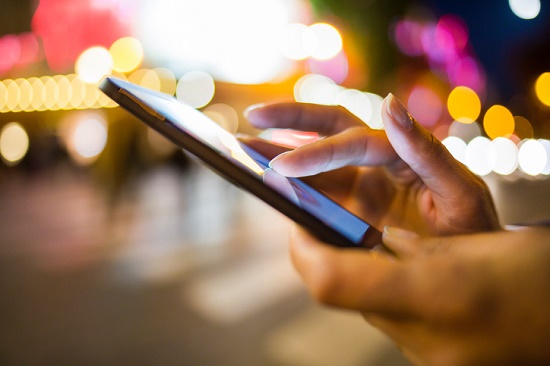
Hearing aids have advanced considerably over the last 10-15 years.
As each year passes, hearing aids become smaller, more discreet, and more reliable at enhancing sound. They also come well equipped with a variety of sophisticated features, such as the capability to connect with other devices wirelessly, which is what we’ll be reviewing today.
Here’s how wireless technology works and how you can reap the benefits.
How Bluetooth technology works
Bluetooth is a standardized wireless communication platform that allows devices to communicate with each other through radio waves. A wide range of products integrates Bluetooth technology, such as smartphones, music players, tablets, computers, and televisions.
Have you ever witnessed someone speaking on their phone using a hands-free wireless headset? Or somebody receiving a call from their cell phone using their car audio system? That’s Bluetooth technology in action.
So can you buy a Bluetooth hearing aid?
Yes and no. Bluetooth technology requires a greater power supply than can be furnished by hearing aid batteries. But there is a workaround, and in fact, there are two.
Your options for wireless hearing aids
Hearing aids do not include Bluetooth technology directly because, as we explained, it would deplete the battery too quickly. Fortunately, manufacturers solved this problem long ago by creating an intermediary between the hearing aid and the Bluetooth device (computer, TV, phone, etc.). This intermediary is called either a “streamer” or an “assistive listening device.”
Here’s how it works: your Bluetooth enabled cell phone communicates wirelessly to the streamer which then directs the signal to the hearing aid without depleting the battery.
So, if you’re looking for wireless hearing aids, you have two principal options:
- Hearing aids combined with an assistive listening device – as described above, the assistive listening device, or streamer, which is a small hand-held device, acts as an intermediary between the Bluetooth device and the hearing aid.
- Made for iPhone hearing aids – several hearing aid models are designated as “Made for iPhone,” which essentially means that the iPhone acts as the streamer itself, connecting directly with the hearing aid.
Your hearing care expert can help you decide which option is right for you.
The benefits of wireless hearing aids
Whether using a Made for iPhone hearing aid or a streamer, there are a number of benefits to going wireless, including:
- Improved music listening experience – imagine streaming your favorite music from your iPhone or handheld music player directly to your hearing aids. By doing this, your hearing aids become a pair of top-quality earbuds.
- Hands-free phone calls – answering calls with no hands is more convenient and having the audio stream straight to the hearing aids results in enhanced sound quality.
- Sharper TV sound – streaming the audio from your computer, tablet, or television results in cleaner sound and elevated speech comprehension from movies and TV shows. You’ll never struggle to follow dialogue again.
- Better gym experience – listen to your favorite music or podcasts at the gym without any wires getting in the way.
- Customized control – inconspicuously adjust your hearing aid volume and settings by using your wireless remote control or iPhone (with compatible models).
- Connection to hearing loops – hearing aids fit with telecoils can connect with hearing loop systems in public venues like auditoriums, theaters, and courts.
Thinking about upgrading to wireless hearing aids? Contact us today for additional information.